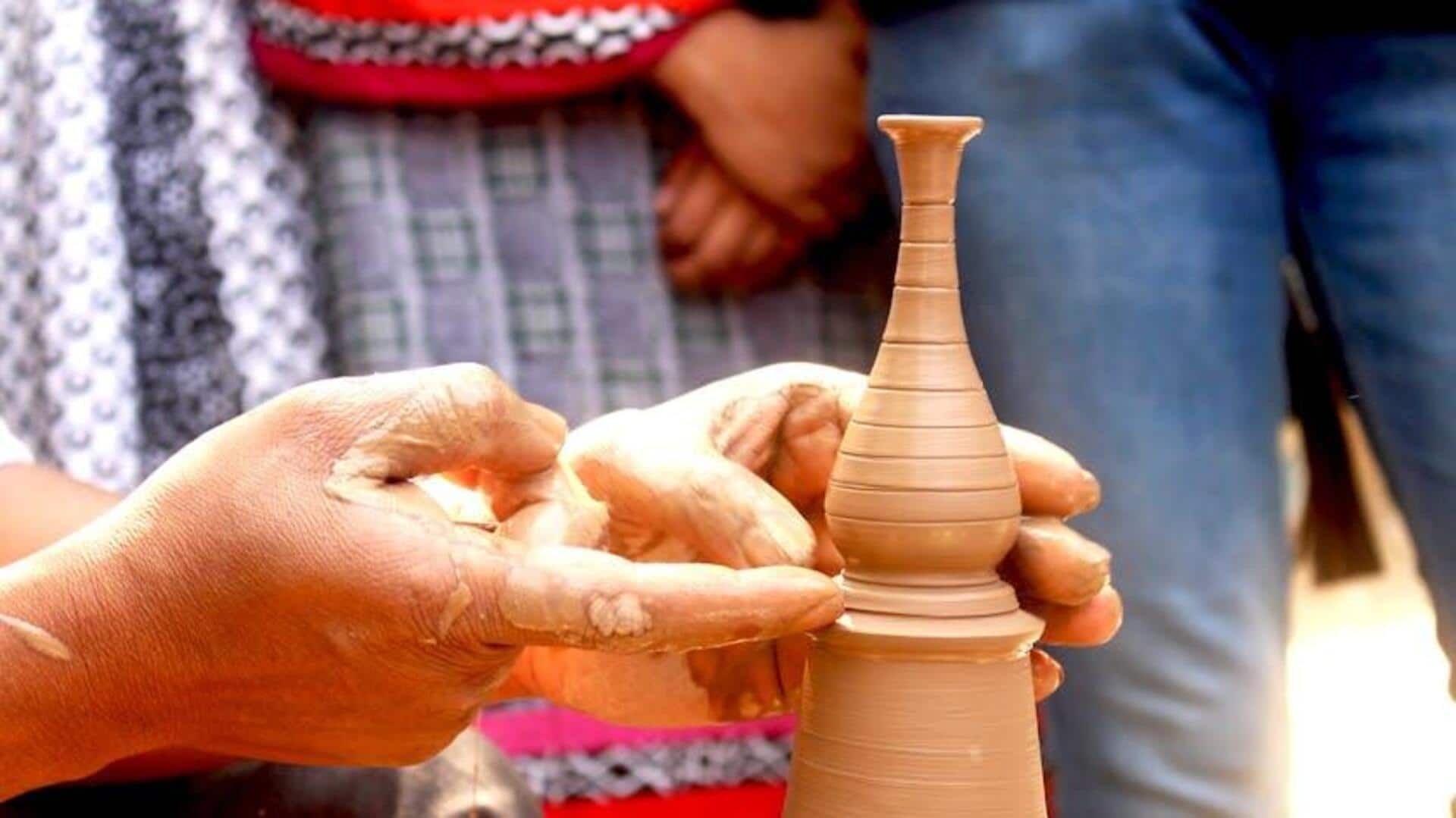
How traditional pottery supports eco-friendly living
What's the story
With a rich history and cultural significance, African pottery is becoming an important part of modern sustainable design.
The traditional craft offers valuable insights into eco-friendly practices that resonate with modern-day sustainability goals.
By studying the materials, techniques, and cultural values associated with African pottery, designers can draw inspiration for developing environmentally responsible products.
Here's how African pottery makes sustainable design possible by highlighting key features of the ancient art.
Natural resources
Use of natural materials
African pottery mainly relies on natural materials such as clay and plant-based dyes.
These materials are readily available and renewable, making them perfect for eco-friendly design approaches.
Additionally, using local materials minimizes the carbon footprint from transportation and benefits local economies.
By integrating these natural resources into contemporary designs, artists can create pieces that are not only aesthetically pleasing but also eco-conscious.
Craftsmanship
Traditional techniques
The techniques used in African pottery have been passed down through generations.
These methods emphasize handcrafting over industrial production, which minimizes energy consumption and waste generation.
The focus on craftsmanship ensures that each piece is unique and durable, reducing the need for frequent replacements.
Modern designers can learn from these techniques to create high-quality products with minimal environmental impact.
Heritage value
Cultural significance
African pottery is rooted in cultural traditions that promote community and respect for nature.
This cultural view encourages sustainability by promoting resource conservation and mindful consumption.
Designers who add these elements to their work can create products that appeal to consumers looking for a connection to their purchases.
Local economies
Economic impact
The production of African pottery not only sustains local artisans and communities by offering employment opportunities and preserving traditional skills, but also promotes economic growth without sacrificing sustainability goals by incorporating these crafts into modern design markets.
Supporting local economies through fair trade practices guarantees that artisans are compensated fairly while preserving ecological balance.
Creative influence
Inspiration for modern designers
Modern designers can draw inspiration from the aesthetics of African pottery to create innovative designs that prioritize sustainability.
The vibrant colors, intricate patterns, and organic forms found in traditional pieces offer a wealth of creative possibilities for contemporary applications across various industries such as fashion or interior design.